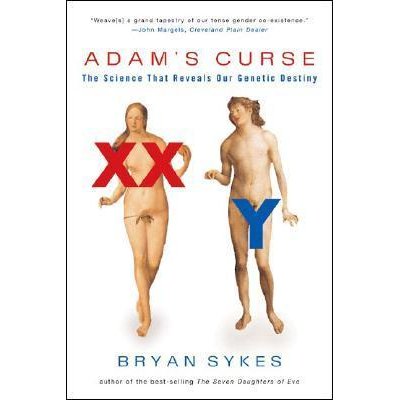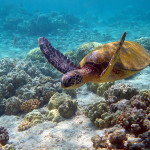Standards C3.1.1-C3.1.8
Body system integration
The functioning of a human body can be said to be an emergent property. The term emergent property means ´greater than the sum of its parts´, or an additional property resulting from the interaction of the components, and is not present in any of the individual components.
A summary of emergent properties can be viewed in the video below
Hierarchy of organisation
The components of a living body are organised into a hiearchy of structures.
- Organelles – components of cells (ex. nucleus), group together to form;
- Cells – the basic unit of life (ex. smooth muscle cell), which group together to form;
- Tissues – which are groups of highly similar cells with the same job (ex.connective tissue), which together make up;
- Organs – which are groups of tissues which are assembled into a coherent part with a clear function (ex. human heart), organs form parts of;
- Organ systems – which are cooperating organs that perform a collective function (ex. circulatory system). Integrating these forms a
- Living body
Endocrine and Nervous systems
The nervous and endocrine systems are both communication systems in the body. That means they receive information, process information, and respond to that information.
They are quite different in the way they operate, as can be seen below.
| Nervous System | Endocrine System |
| Electrical impulses are the messengers in the nervous system | Hormones are the chemical messengers in the endocrine system that target cells through the bloodstream |
| Brain, spinal cord and peripheral nerves constitute the nervous system | Glands and organs like thyroid, pituitary glands and reproductive organs (ovaries and testes) are involved in the endocrine system |
| Nerve impulses are transmitted through neurons | Hormones are transmitted through blood vessels |
| The nervous system is under both voluntary and involuntary control | The endocrine system is under involuntary control |
| Nerve impulses make use of the neurotransmitters at synaptic clefts and sodium and potassium channels and enter the target cells. | The hormones enter into the target cells by diffusing through the plasma membrane or by binding to the cell receptors |
| Responses are localised to specific target areas | Responses are widespread |
Reflect arcs
A reflect arc is a pathway that nervous impulse will travel in the event of a reflex response.
A reflex response is a stimulus-response pathway where the information processing and decision making happens in the spinal chord, and not in the brain.

A nerve impulse will travel in this motor neuron from dendrites to motor end plates.
Dendrites connect to interneurons (sometimes called relay neurons). The impulse travels along the elongated axon to the motor end plates, where it connects with an effector.
The mylein sheath insulates the impulse, but there are gaps called nodes of ranvier in the insulation. This actually allows the impulse to jump ahead from node to node, and this is called saltatory conduction.

Here is a diagram of a reflex response pathway. Note that there are three kinds of neuron that the impule must pass through (sensory, interneuron, and motor).
The information is received by specialised cells called receptor cells (ex. photoreceptors detect light in the retina, chemoreceptor cells on the tongue detect chemicals).
The response is carried out by either a muscle or a gland, this is the effector.
Reflex responses include yawning, coughing, sneezing, and vomiting.
Q) Write the pathway a nerve impulse must travel in a reflex arc, in order.
GAME BASED LEARNING ACTIVITY
- Choose a test from humanbenchmark.com (look at the dashboard for options)
- Play it for 5-10 minutes with your peers
- Discuss the stimulus-response pathway involved
- Create a possible research question based on this game that might be used for an internal assessment
- Share with the class.
The Cerebellum

The cerebellum is an important part of the brain. Main functions are:
- Coordinating muscle actions
- Balance and posture of the body
- Body position awareness (proprioreception)
- Fine motor skills





